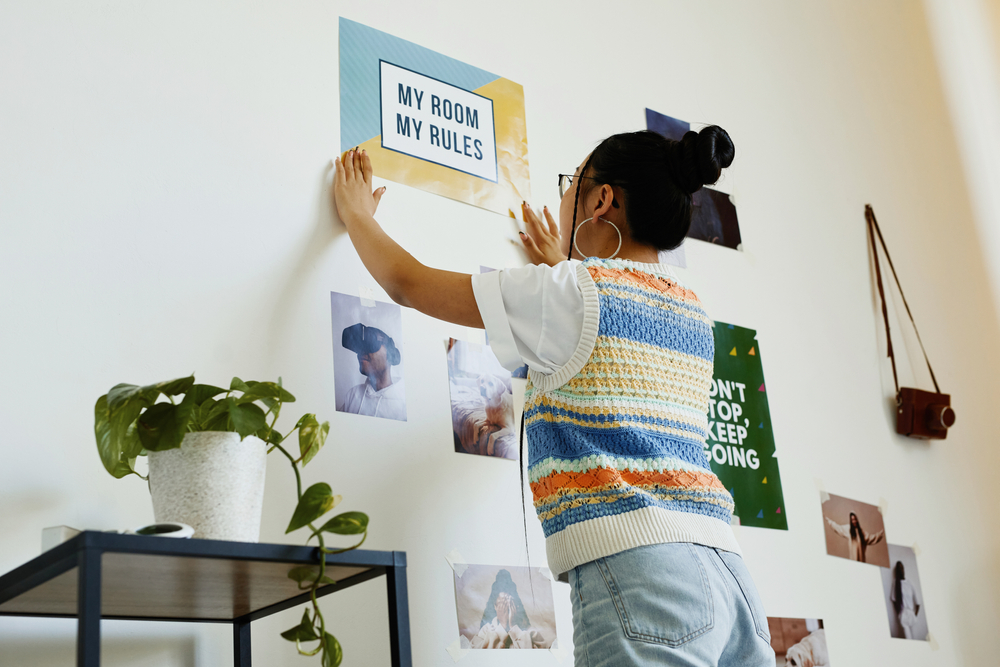As a teacher, you always have the health and well-being of your students in mind. With the return to the classroom, you’ve likely seen a few changes in your students. Not only do teens have to face the usual things that school can bring with it, like lots of homework and many assignments, they now likely have a few added concerns since COVID.
Add in trouble with friends, relationships, sports, and issues at home, and you have the recipe for an anxious student who isn’t able to concentrate and perform his best during the school day.
What can you do to help? The good news is that there are several things that you can do to help your students work through their anxiety and even potentially see an improvement with time.
Getting outside of the classroom
This is probably something that you could find helpful yourself. No matter how many windows it has or how beautifully it’s decorated, the classroom can sometimes be almost claustrophobic for students struggling with anxiety.
This could be mainly due to how much our lives changed when COVID arrived. We spent less time around other people and weren’t in classrooms. A teen who has perhaps struggled with getting sick or seeing loved ones fall ill may feel more anxiety being in a school with many students.
Getting your students outside, even if just for a walk and talk versus sitting at their desks while you talk, can give them a fresh perspective in more than one way. Sit on the bleachers, under a tree, or in the sunshine on a cool, breezy day.
These simple steps can help to relieve some of the anxiety that your students may be feeling. A change of scenery can also often serve the purpose of distracting them from whatever their anxiety triggers are. For a teen in the middle of an anxiety attack, it can sometimes be very therapeutic to escape the room, walk in calmly, and feel supported without judgment.
A five-minute dance party
When was the last time you stood up, turned on the music, and just shook your body around in a crazy fun way? Little ones are taught this is a fun way to get out the sillies and extra energy, so why not incorporate it into your classroom for older children?
Of course, some teens may find this even more anxiety-inducing, so make it entirely voluntary. They may not take part in a quick and zany dance party today, but they may next time after they watch everyone else be completely goofy and have fun.
Have the students pick the music you dance to and let them have fun for those few minutes of distraction. You may also want to have a rule that if anyone is feeling stressed or anxious, they can turn on the music and have the whole class dance with them to help them cope.
Sing a fun tune
Not all of us are great singers, but this isn’t required when adding singing to your daily routine to help relieve anxiety. As is the case with your dance party, some teens may not want to participate in singing a popular or favorite song. Don’t force anyone to take part and let them just sit back and watch everyone else laugh and sing the songs that are played.
Allow the class to pick songs, whether something that inspires people to sing and dance together or something more of a peppy anthem for getting up and feeling good.
Music has an almost magical way of helping us feel good when feeling a bit down, stressed, or anxious. You could also allow your students to listen to their own music with earphones on so they can escape the anxiety for just a little bit.
Meditation and a few moments of calm
Meditation doesn’t need to look the same for everyone. Indeed, some may prefer to sit cross-legged and quietly. But some may prefer to doodle in a notebook or just stare out the window for a bit of distraction from how they feel.
Schedule a few minutes of meditation for your students and let them find a moment of calm in a way that works for them. Some may prefer to scroll on social media, while others enjoy pacing around the room. These non-traditional ways of meditating can help teens even in the middle of an anxiety attack.
Learning about mindfulness
Mindfulness is quite similar to meditation, and both can be done simultaneously. Mindfulness has you focus on what you can hear, feel, and smell while being in that moment. If your students close their eyes, what can they hear?
Other students coughing, talking in the hallway? Can they smell the vanilla candle you’ve lit on your desk? By staying in the moment, anxiety attacks can sometimes be controlled. Work with your students to incorporate just a few minutes of mindfulness each day, perhaps at the same time as you go for a walk or have a dance party.
Ask your students how you can help and support them
Even if only some of your students struggle with anxiety, you can ask the class as a whole how they think you can best help and support them. How can you help them keep anxiety levels down? How can you help them in the middle of an anxiety attack?
Some students may prefer a quiet classroom corner with cozy chairs and pillows. In contrast, others may like to just simply sit outside for a few minutes. Learning about the needs of your students can help you to provide them with what they need when they’re feeling anxious.
Anxiety can bring with it many feelings of being judged for how you feel or react to your surroundings. To help avoid them feeling that they’re being judged, you can have them write it down or email you. Anything you can do to help your students through this will give them more confidence to express themselves in your classroom.
Connecting with the right resources can be vital to staying informed and guiding others to the help they need. At HelpYourTeenNow we can connect educators and parents with the resources that may prove valuable as you navigate the world with anxious teenagers by your side.






0 Comments